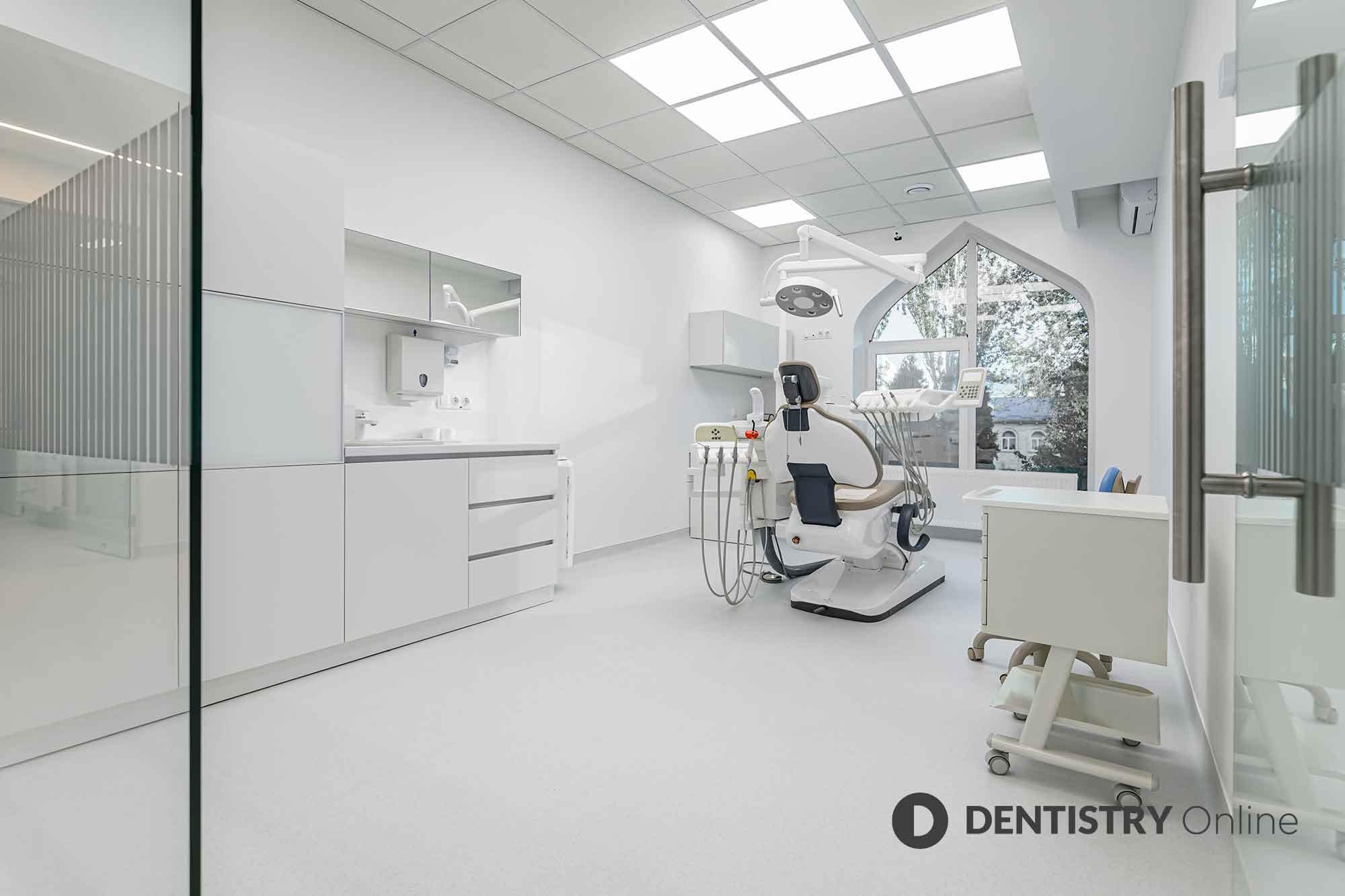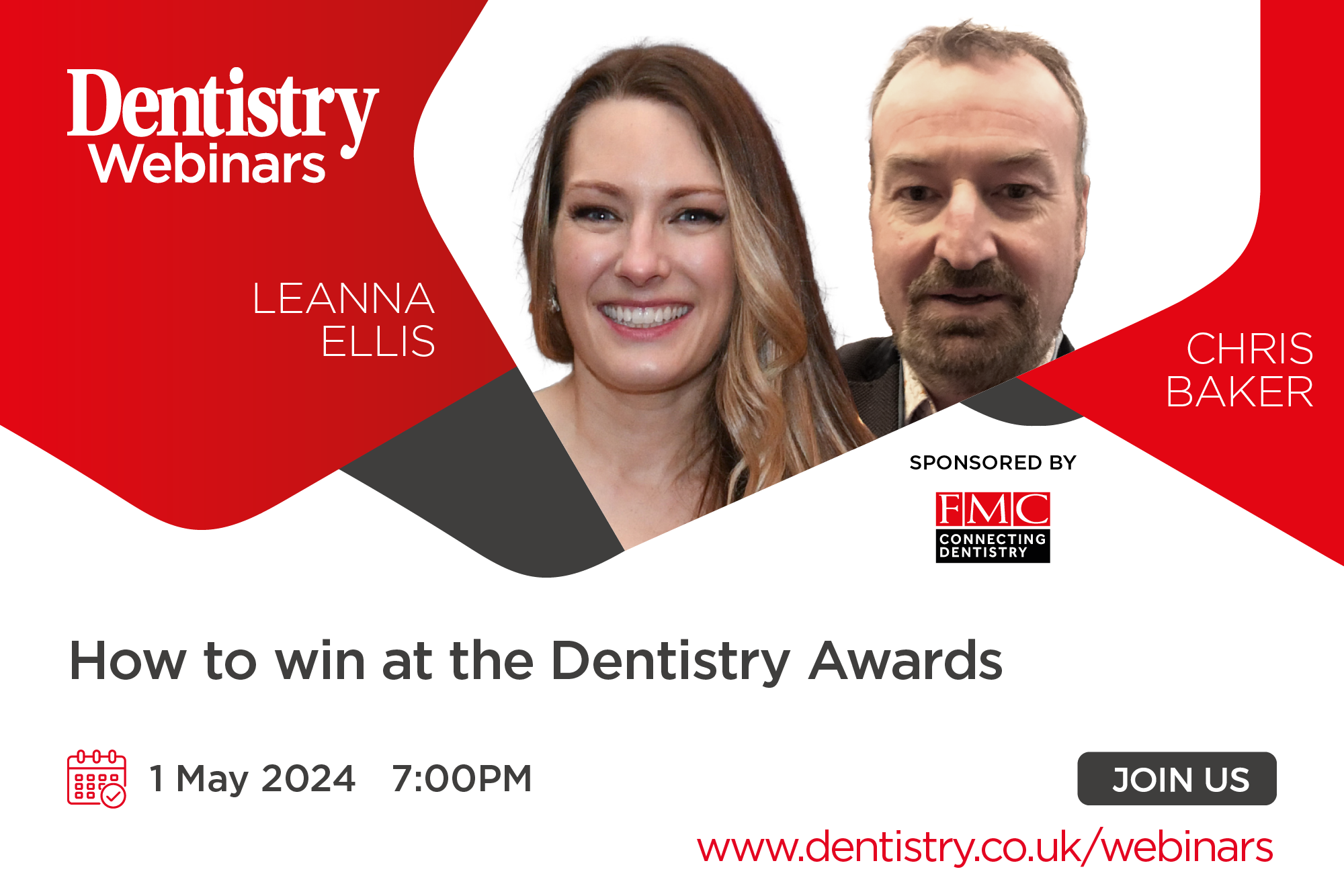 Nigel Jones discusses the issue that fallow time presents for dental practices across the UK with Ian Mills, dean of the FGDP, alongside the development of a free Fallow Time Calculator to support the profession moving forwards.
Nigel Jones discusses the issue that fallow time presents for dental practices across the UK with Ian Mills, dean of the FGDP, alongside the development of a free Fallow Time Calculator to support the profession moving forwards.
An area that is challenging for the profession is the subject of ventilation. What are your overall conclusions around that area?
Air ventilation seems to have become an increasingly important topic over the last few weeks and months.
As far as I am aware, there are two key drivers. One is in relation to air quality, and ensuring the working environment complies with health and safety requirements. While the other is concerned with environmental mitigation and removal or dilution of bioaerosol.
The most pressing matter would seem to relate to environmental mitigation in order to reduce the fallow time.
This was highlighted within both the Scottish Dental Clinical Effectiveness Programme (SDCEP) report, and the FGDP (UK)/CGDent COVID-19 Guidance, promoting the role of air ventilation in reducing the risk of potential contaminated aerosol.
The number of air changes per hour (ACH) achieved within each surgery will affect the level of mitigation delivered. This is easily determined by using the Fallow Time Calculator.
What are your thoughts on air changes within the surgery?
Opening a window where available would seem on the surface the simplest solution for increasing air changes within a surgery.
Unfortunately, the problem with natural ventilation is that it’s very difficult to measure reliably at any point in time to ensure that it’s diluting the bioaerosol to the level that you need to reduce fallow time.
That’s why I believe the Situation, Background, Assessment, Recommendation (SBAR) document and the WHO have stated that natural ventilation should be measured as one ACH.
The ACH will differ in terms of the number of windows, the size of the windows, how far you open the window, temperature gradient, and all manner of factors in relation to weather conditions.
It’s clear that it’s extremely difficult to measure ACH from natural ventilation. We cannot consider this as a reliable method of delivering a specified number.
We therefore need to consider mechanical ventilation as the only way to reliably validate the number of air changes and deliver a reduction in fallow time. But this clearly has profound consequences for many practices.
How straightforward is it to measure the number of air changes accurately?
There is a fairly simple calculation. But as with most things, the situation is significantly more complex than first appears.
There seems to be different approaches taken across the four home nations.
From what I gather, Wales seems to favour engagement of an expert to visit the practice. They will then provide advice about the mechanical ventilation that the practice needs to deliver 10 to 12 ACH. Based on the size of the room.
Northern Ireland appears willing to accept the manufacturer’s specification for the air flow rate delivered by the mechanical ventilation. This then allows calculation of the ACH, again based on the size of the room.
This is just my personal opinion. The latter approach may seem a simplistic approach, which ignores a number of important factors relating to the equipment and the room.
However, I guess it is all a balance of risks. It doesn’t need to be that exact, as the amount of aerosol produced is based on theoretical supposition.
A pragmatic solution would, therefore, seem perfectly reasonable to me.
What about air purification in terms of the benefit for practices in increasing the rate of air change?
There is a challenge with air recirculation mechanisms. This was highlighted in the SBAR document and also with SDCEP report.
The air cleaning units seem effective, as long as you are using HEPA or UV radiation.
The mechanism will draw in air, remove any particles (including viruses) and then release clean air back into the environment again.
A number of factors will impact on the effectiveness of the unit. Including the natural airflow within the room, the manufacturers specification, the position of the air cleaning unit, and how well it has been maintained.
There is a risk that the unit may just recycle the same air repeatedly. And not actually clear the whole room. This was the rationale behind the SBAR document recommending the application of a 50% reduction in efficiency in delivering ACH.
We feel that the SBAR recommendations of 50% reduction in effective air flow seem reasonable. This is due to the potential drop off in efficiency. And practices should take this into consideration when calculating ACH.
Within the FGDP guidance, we recommend siting the units close to the dental chair, but not behind the nurse or the operator.
Was trying to simplify the number of variables what led to your involvement in the fallow time calculator?
None of us were very comfortable with a 60-minute universal fallow time, which was advised previously.
Within the FGDP/CGDent Guidance Development Group it was acknowledged that different procedures carry a different level of risk. This view was supported by the SDCEP Rapid Review Group.
There was broad consensus that a more nuanced approach was required. And that we should consider multiple factors. Such as rubber dam, high volume aspiration, air ventilation, length of the procedure, and also the actual procedure that you are undertaking.
We were approached by Sara Hurley, chief dental officer for England, on behalf of the other CDOs. She asked whether the FGDP(UK) and the College of General Dentistry could develop a tool.
I immediately approached some learned colleagues. One of which was Govin Murugachandran, who is the CEO of Flynotes, and asked his advice.
Fortunately, Govin has a team of experts within his own company and he was able to develop the tool for us.
Govin has refined the modest ideas we presented and developed what I think is a very sophisticated, yet very simple, tool.
It has several layers to it, where you can increase the sophistication and the data acquisition at a much greater level than perhaps we ever thought was feasible.
What would you say are the key benefits of the Fallow Time Calculator that Flynotes have created?
In the first few weeks, this will help us understand how we can estimate what the fallow time is going to be. Depending on the procedure that we’re going to undertake.
More importantly, in my opinion, is the facility to collect that data and simply enter this into the patient clinical record.
As a profession, we can record and demonstrate our rationale for reducing the fallow time by applying the appropriate mitigation. If there were ever any concerns from the regulators as to the decision-making process followed, we could easily justify this reference in the clinical record.
The tool then opens up a whole host of potential opportunities that are much more exciting. Such as the ability to demonstrate how many AGPs you have completed. Or perhaps looking at how investment in ventilation or the use of rubber dam can reduce your fallow time and deliver increased efficiency.
It has the ability to make sure that you can actually see more patients in a day. Rather than sitting for an hour waiting for the fallow time. Or having to double up and use more than one surgery.
It sounds like getting that practice productivity back up, but in a way that’s safe for patients and the team, is the ultimate goal?
We need to start turning our attention to another risk other than COVID-19. That’s the risk of deterioration in oral health and the risk of exacerbation of oral health inequality.
We also need to look at the livelihoods of many of the staff who work within the dental industry. If there isn’t a dental profession there to deliver the care in six to 12 months’ time, there are going to be much greater problems with dental access and oral health inequality.
One point I want to make, absolutely, is that academia is full of great ideas that never translate across into practice. You need someone to believe in your idea and get behind it.
That is what Practice Plan and Wesleyan have done for the Fallow Time Calculator. This would still have been an idea in the minds of those involved. Rather than physically available to support practices if it wasn’t for your support.
Ian took part in an interview for Practice Plan, which you can see in full here.
If you would like to access the freely available Fallow Time Calculator, you can do so here. And you can find the SDCEP report here.



